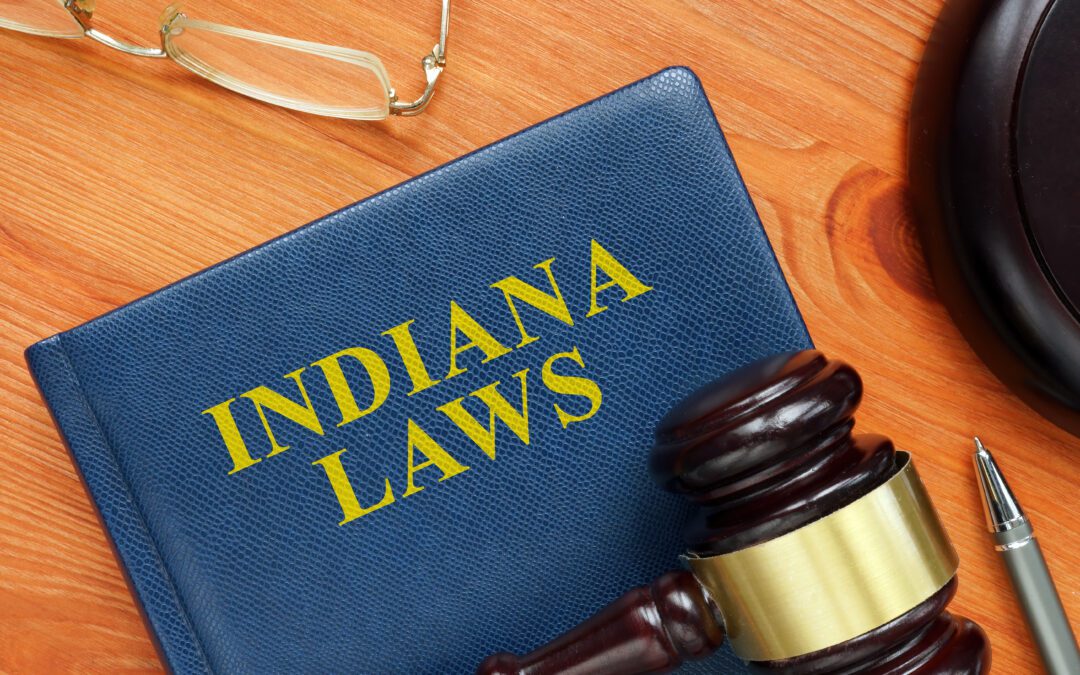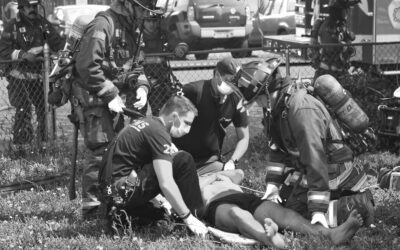If you’ve been injured due to someone else’s negligence in Indiana, you may be considering filing a personal injury lawsuit to recover compensation for your medical bills, lost wages, and pain and suffering. This process can be complex, but understanding the steps involved can help you navigate the legal system.
Understanding Personal Injury Lawsuits
Any injury can disrupt your life, but when it’s due to someone else’s negligence, it can feel particularly unjust. Personal injury law covers a gamut of incidents—from car accidents to medical malpractice to slip and fall—allowing victims to seek compensation for their damages.
Filing a Personal Injury Lawsuit in Indiana
Initiating a personal injury lawsuit requires following a set procedure. Here’s a breakdown of the general steps for filing a personal injury lawsuit in Indiana:
- File Before Time Runs Out: In Indiana, you typically have two years from the date of the accident to file a lawsuit, which is known as the statute of limitations. Missing this deadline can result in forfeiting your right to compensation.
- Consult an Attorney: An experienced Indiana personal injury lawyer can guide you through the legal process, gather evidence, negotiate with insurance companies, and represent you in court if necessary.
- Determine Where to File: Lawsuits are typically filed in the county courts, although small claims court might be an option for claims under a specific amount (currently $6,000, or $8,000 in Marion County). You can find information on Indiana’s court system here: https://www.in.gov/courts/.
- File and Serve a Complaint: The complaint is a legal document outlining your claim, including the parties involved, the incident details, and the compensation you seek. A personal injury attorney will handle this process for you, but you can also get guidance on how on filing yourself at the court clerk’s office.
Key Elements of a Personal Injury Lawsuit
To build a compelling case, you must:
- Establish Legal Standing: To have a case, you’ll need to prove the other party’s negligence caused your injuries. This typically involves proving elements like duty of care, breach of duty, causation, and damages.
- Prove Damages Justify Compensation: You will need to prove the amount of your damages, not just medical expenses and lost wages, but also pain and suffering.
- Participate in the Discovery Phase: Both sides exchange information and evidence to build their cases. This might involve witness statements, medical records, and expert opinions.
- Settlement Negotiations: Disputes are often resolved through negotiation before going to trial. Your lawyer will handle these discussions with the other party’s insurance company. If you go it alone, you will need to make sure you research how not to fall for the tricks insurance adjusters play to keep your compensation low.
- Trial: If no settlement is reached, your case will be tried before a judge or jury, who will decide the outcome.
Seeking Legal Assistance
Personal injury law is complex, and that’s why it is so important to find legal counsel who are experts in this area. At Broadwing Legal, our seasoned attorneys can help you:
- Understand the specifics of Indiana law.
- Navigate the filing procedures and court system.
- Construct a robust, evidence-based case.
- Negotiate settlements or represent you in court.
Conclusion
Filing a personal injury lawsuit in Indiana demands careful attention to procedural and legal nuances. While this guide provides a broad overview, every personal injury case is unique and warrants professional advice.
If you’re grappling with the aftermath of a serious injury and think you have a case, don’t delay. Consult with an attorney at Broadwing Legal to explore your legal options and forge the way to the compensation you deserve.
Remember, the clock is ticking on your ability to file a claim—reach out to us today to safeguard your rights.




